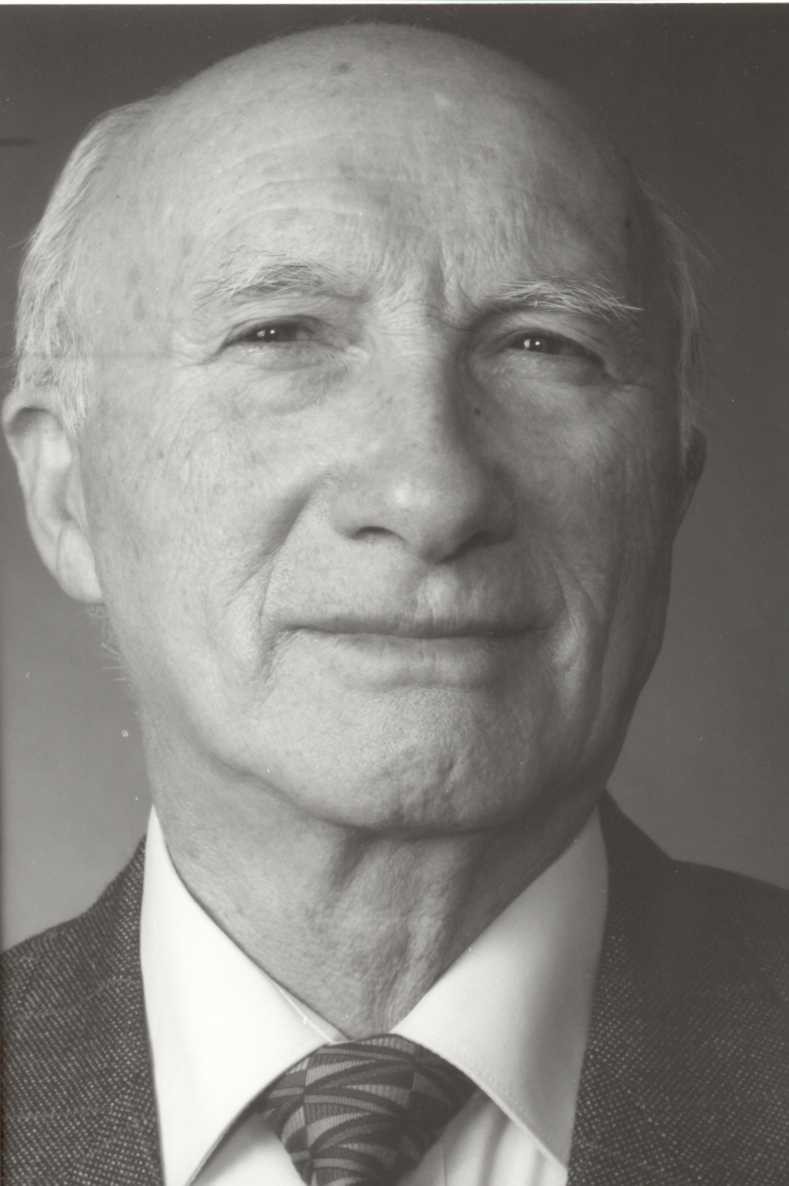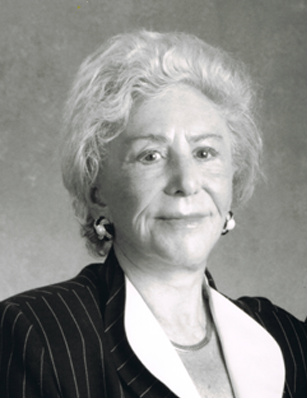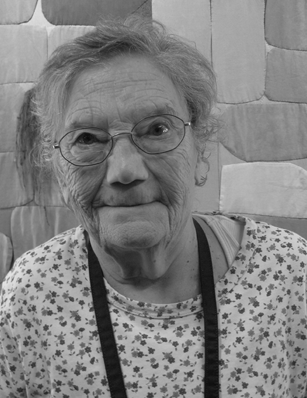Experience: Gassing Operations

|

|

|
|
|
|
|
|
|
|
|
|
|
|
|
|
|
|
|
|
|
“The Nazis began experimenting with poison gas for the purpose of mass murder in late 1939 with the killing of mental patients ("euthanasia"). A Nazi euphemism, "euthanasia" referred to the systematic killing of those Germans whom the Nazis deemed "unworthy of life" because of mental illness or physical disability. Six gassing installations were established as part of the Euthanasia Program: Bernburg, Brandenburg, Grafeneck, Hadamar, Hartheim, and Sonnenstein. These killing centers used pure, chemically manufactured carbon monoxide gas.
“After the June 1941 German invasion of the Soviet Union and Einsatzgruppe (mobile killing unit) mass shootings of civilians, the Nazis experimented with gas vans for mass killing. Gas vans were hermetically sealed trucks with engine exhaust diverted to the interior compartment. The use of gas vans began after Einsatzgruppe members complained of battle fatigue and mental anguish caused by shooting large numbers of women and children. Gassing also proved to be less costly. Einsatzgruppen (mobile killing units) gassed hundreds of thousands of people, mostly Jews, Roma (Gypsies), and mentally ill people. In 1941, the SS concluded that the deportation of Jews to extermination camps (to be gassed) was the most efficient way of achieving the "Final Solution". That same year, the Nazis opened the Chelmno camp in Poland. Jews from the Lodz area of Poland and Roma were killed there in mobile gas vans.
“In 1942, systematic mass killing in stationary gas chambers (with carbon monoxide gas generated by diesel engines) began at Belzec, Sobibor, and Treblinka, all in Poland. As victims were "unloaded" from cattle cars, they were told that they had to be disinfected in "showers." The Nazi and Ukrainian guards sometimes shouted at and beat the victims, who were ordered to enter the "showers" with raised arms to allow as many people as possible to fit into the gas chambers. The tighter the gas chambers were packed, the faster the victims suffocated.
“The Nazis constantly searched for more efficient means of extermination. At the Auschwitz camp in Poland, they conducted experiments with Zyklon B (previously used for fumigation) by gassing some 600 Soviet prisoners of war and 250 ill prisoners in September 1941. Zyklon B pellets converted to lethal gas when exposed to air. They proved the quickest gassing method and were chosen as the means of mass murder at Auschwitz. At the height of the deportations, up to 6,000 Jews were gassed each day at Auschwitz.
“Concentration camps like Stutthof, Mauthausen, Sachsenhausen, and Ravensbrueck, although not designed specifically as extermination camps, also had gas chambers. The gas chambers were relatively small, constructed to kill those prisoners the Nazis deemed "unfit" to work. Most of these camps used Zyklon B as the killing agent in their gas chambers.”
Accessed on July 21, 2011
United States Holocaust Memorial Museum
http://www.ushmm.org/wlc/en/media_ph.php?ModuleId=10005220&MediaId=882
Accessed on July 21, 2011
Accessed on July 21, 2011
— Archiwum Panstwowego Muzeum na Majdanku
http://www.ushmm.org/wlc/en/media_ph.php?ModuleId=10005220&MediaId=986
Accessed on July 21, 2011
— United States Holocaust Memorial Museum
http://www.ushmm.org/wlc/en/media_ph.php?ModuleId=10005220&MediaId=984
Accessed on July 21, 2011
— Dokumentationsarchiv des Oesterreichischen Widerstandes
http://www.ushmm.org/wlc/en/media_ph.php?ModuleId=10005220&MediaId=670
Accessed on July 21, 2011
Contact us
thank you!
Your application is successfuly submited. We will contact you as soon as possible
thank you!
Your application is successfuly submited. Check your inbox for future updates.